Astria Ascending’s bland environments are outshone by the excellent combat and RPG elements.
- Developer:Artisan Studio
- Publisher: Dear Villagers
- Release date: 30th September 2021
- Genre: 2D side scrolling JRPG adventure
- Platforms: PS4/5, Xbox One/Series X|S, Switch, Windows PC
- Reviewed on: PS5
- Game Supplied by: Publisher
Astria Ascending Review
It’s really quite difficult to know where to start with this superb JRPG, so I’ll start with the studio that made it. Artisan Studio is a small team that over the last three years has focused on Astria Ascending, and the results, for such a small team in a relatively short period of time, are outstanding.
You play as a team of 8 demi-gods, who have only three months to live, but they also have the fate of the world in their hands to sort out. This will be their last mission, which will encompass an emotional, mature, yet thrilling journey to over 25 dungeons and five cities. During this time, the demi-gods will go through many topics of mature content, as well as many side missions with the inhabitants and people they meet along the way. All told the main story will take around 25 to 30 hours to complete, but up to 70 for the completionists.
The story, which could be argued as being the main draw of the game, drops the player right in it without so much as a decent introduction. You need to be taking it all in from the get-go. However once the game settles down, and the new places, enemy types and races become familiar, it’s much more engrossing.
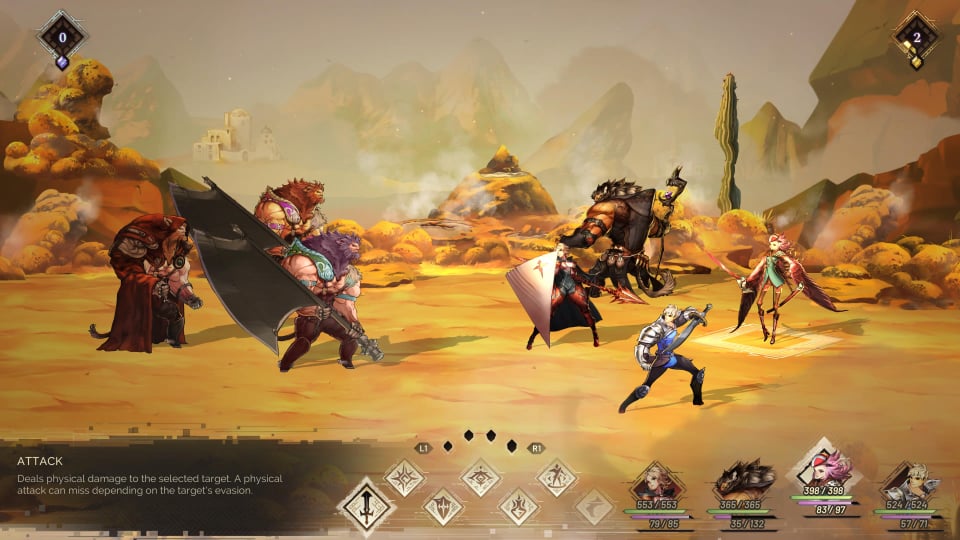
The story is told via bubbles of text from conversations, however, unlike most games, these speech bubbles don’t indicate which characters are speaking, and it’s hard to see which characters mouth is moving. You can try to discern which of the 8 are talking by their voice, but the English voice actors are, frankly, awful. Without any visual indication of who is speaking, any gamer who has impaired hearing will struggle massively to discern (if at all) who is speaking.
The developers themselves recommend playing the game with the native Japanese voice actors and English subtitles, and no wonder. The English voice actors all sounded as if they were bored, conveying little to no emotion. It truly felt like eight random people were just reading the lines rather than delivering them with passion, effort or excitement, and all recorded with varying levels of audio quality (the phrase, “Dialing it in”, springs to mind.) The Japanese cast, however, flipped that, and even though I only understand a few words of Japanese, I felt their voice over skills were much more realistic and preferable. However, aside from the English voice actors, the rest of the audio was superb. Having played many JRPGs and other sword-based action games, the “shing” and resulting thwack of the weapons and the effects of spells being cast were joyous to listen to each and every time. For example, a fire spell landing on an enemy (or indeed your team) positively cracked with realistic sounding fire energy, adding to the experience. The background music and environmental audio were at times a little sparse, however, there was clearly a lot of effort put into the music and other effects when they were there.

The graphics were a mixed bag. On the one hand, you can really appreciate the detail and art style of the game, on the other you wonder why it wasn’t used everywhere. The characters of Astria Ascending have been hand drawn in much the same style as a Vanillaware game, like Dragon Crown or Muramasa Rebirth. The characters have superb detail, showing emotion and interesting features (if you look really closely), but unlike a Vanillaware game, the backgrounds in Astria Ascending were drab, uninspiring and for the most part, pretty featureless, too. It really did feel that they took the minimum amount of time and effort for each background. That’s not to say the colour palette wasn’t interesting, just that the backgrounds, especially in the dungeons, were particularly boring and plain to look at, unlike the characters themselves.
Where this game excels, and where it matters most for a JRPG, is in the RPG elements and combat. The systems are truly one of a kind and are both simple to understand but gloriously complex at the same time! You have to carefully consider everything you do; every stage of upgrading, choice of weapons, accessories or clothing, and each turn of the player during combat is crucial, but it all makes perfect sense.
The combat system is a turn-based affair, but there are one or two unique elements that set it apart. The first thing to mention though is slightly negative, in that there is no bar to display the order of proceedings during battle. This feels like a curious design omission because the nature of turn-based combat usually relies on the tension of knowing who is about to go after you. Add to this, some abilities slow or hinder players, but without a bar/graph showing how effective they may be (if at all) you tend not to think about using them.
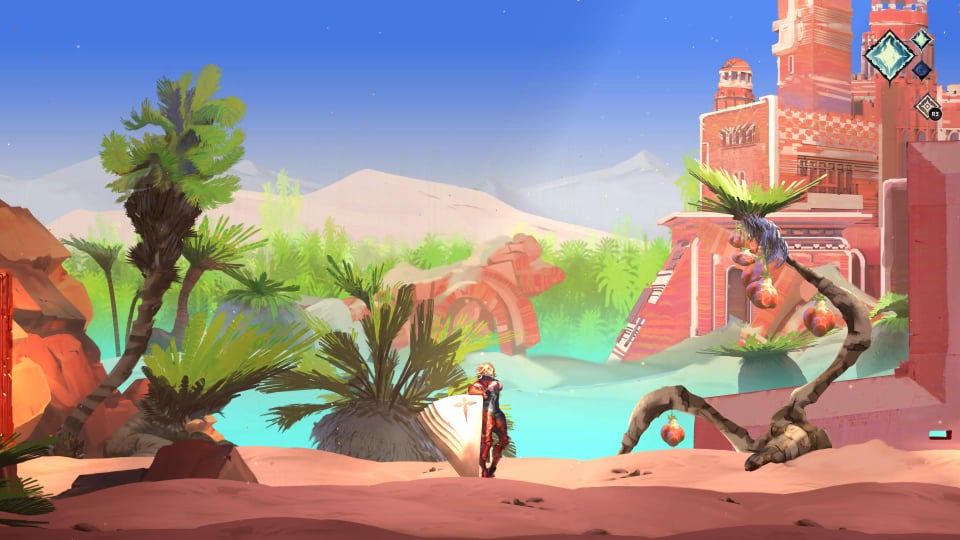
With so much to unpack for the combat systems, it’s difficult to know how deep or not it is worth explaining. Each player has a melee weapon and the ability to cast magic spells, with how effective they are depending on the character’s archetype. A brute/tank-like character won’t necessarily have many spells to fall back on to help the situation and vice versa.
The most important aspect to consider for all battles is the elemental effects. This also extends to characters in your team who are more there for their melee weapons. It’s useful to know which enemies use what particular elemental attacks, as some of your team are weak against certain elements.
Earth, Wind and Fire (sorry, I couldn’t resist), alongside Water, Ice, Light and Dark are the main elements your team can call upon for use during their spell attacks. With over 200 enemy types to learn, and eight characters on your own team, trying to recall which elemental attacks to use, and which member of your team can use them was a constant but pleasant challenge for each encounter. Luckily, most regions are themed, so it’s not too hard to figure out and be prepared before you travel. For example, the Blazing Canyon is, naturally, filled with enemies who for the most part use fire elements in their attacks. However, one beautiful aspect of the game is that you can very easily customise the game via settings to make this easier to deal with. By highlighting the weakness icon during battle you can see how effective your attack will be. Some enemies can absorb a fire attack and recover their health, while others can nullify both physical or elemental attacks of certain types. Obviously, when targeting an enemy you want to hit it with the element it’s susceptible to for extra damage.
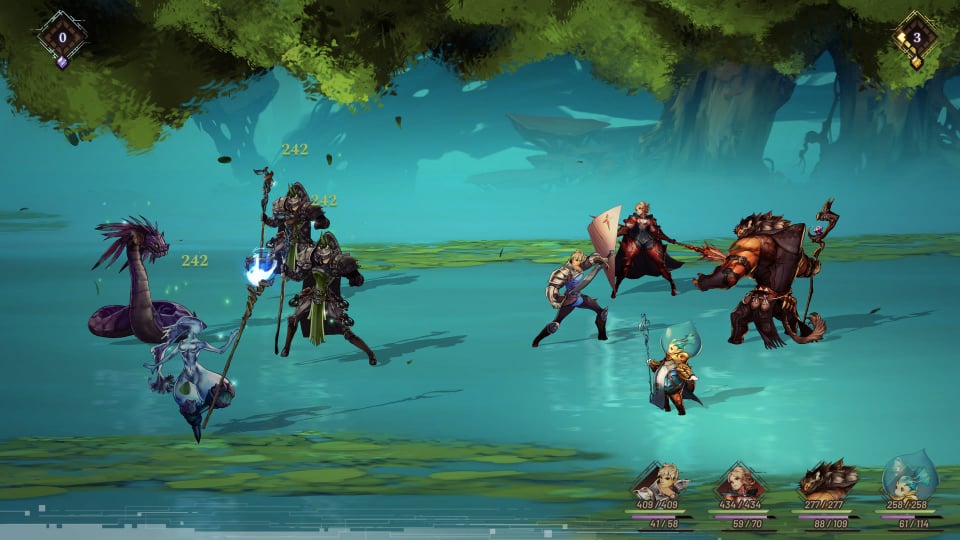
Targeting the weak point of the enemy has an additional benefit though. The first is the extra damage, but the second leads into a great mechanic called Focus Points; Hitting a weak spot will grant your team focus points. These focus points soon become a key aspect during battle. Using a focus point on a basic hit will increase its proficiency by 50%, and you can spend up to 4 focus points at once. Combining an elemental attack on an enemy’s weakness while using four focus points (increasing proficiency by 200%) inflicts massive damage. Knowing this, keeping certain members of your team active becomes key, and it’s worthwhile helping them out to enable them to inflict these massive hits.
However, the enemy uses focus points too. Adding to the mix, if you launch an attack that is absorbed by the enemy, which includes strikes with melee weapons, not only does the enemy gain Focus Points for themselves, but you lose some of yours, even if that takes your team’s total back into the negative!
There are other aspects of combat outside of the norm. Those being one of the characters on your team can summon previously defeated bosses to temporarily fight for your team in your stead. This is useful in many ways as it gives your team a break and a chance for this boss to whittle down and possibly even kill the enemies, but they are most useful to summon when you have a few Focus Points on hand. This is because using the friendly bosses power moves requires focus points, which are hard to come by if they don’t already have them.
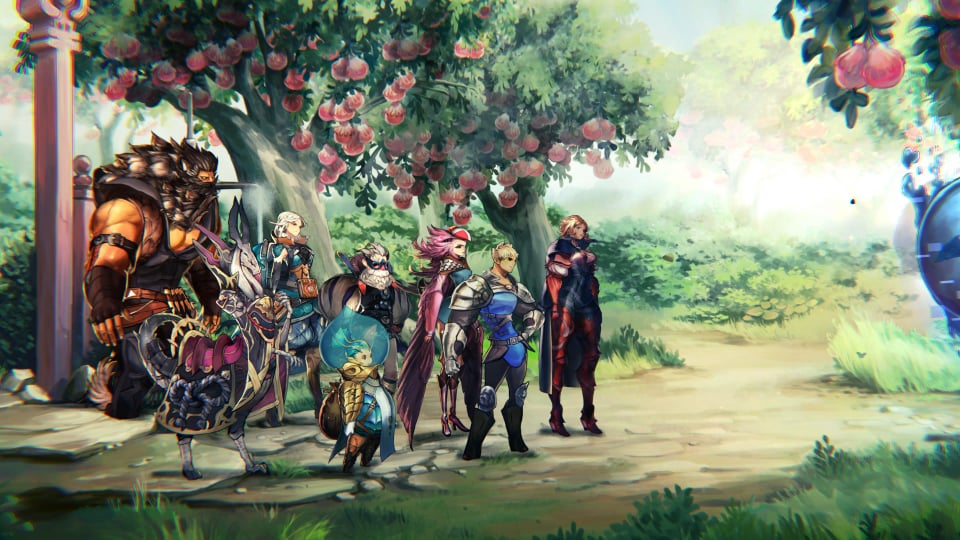
Each member can also guard, use items, or indeed give up their turn to gain a valuable focus point, but potentially exposing themselves to damage if the enemy targets them.
It’s a wonderfully stylish system that fully flexes its muscles to encourage team experimentation, and also forces the player to get a greater understanding of each team member. By doing so it makes combat encounters varied and interesting alongside the cerebral turn-based moments as you contemplate who has what spell, and what will work the best. Do I heal this character first, or shall I give more MP (magic points) to my key player who is low on them?
The only issue I had with the combat was that during each dungeon visit, there are teleportal locations (fast-travel points) within them. I aimed to try to get from one portal to the next before going back to a city, where you instantly replenish health and magic points and can visit shops for weapons, armour, items or accessories. You can instantly go back to a town from wherever you are, but you can only go back to the last unlocked teleportal. However, try as I might, I always felt like I had to go two or three encounters too far before the next checkpoint was found. By the last encounter, I would have usually used all my resources, and was scraping the barrel of who I had left to fight. This meant I had to lose my progress to go and stock up, and then come back and re-fight the same enemies, but hopefully a little better prepared than before. Two steps forward, one step back, and so on.
The RPG elements are excellent and closely linked to combat. As you get to know your team better you realize their own quirks and personality on the battlefield. Combat rewards you with EXP points to spend in an abilities tree; Each team member has a tree and points of their own to use up, and it wasn’t long before I noted who would be a good healer, who would be a good tank, and who would make a good spell caster. Knowing this, you can upgrade your players accordingly. For example, unlocking one node will give you the choice of bestowing additional health or magic power to the character. The choice in your build is totally up to you, as is the direction you take within each tree. Highlighting how you want to play and what nodes to unlock as soon as possible is a game within the game itself. As you have 8 characters and 8 sets of skill points to use up, it does become a pleasant headache in formulating how you want to build up the team.
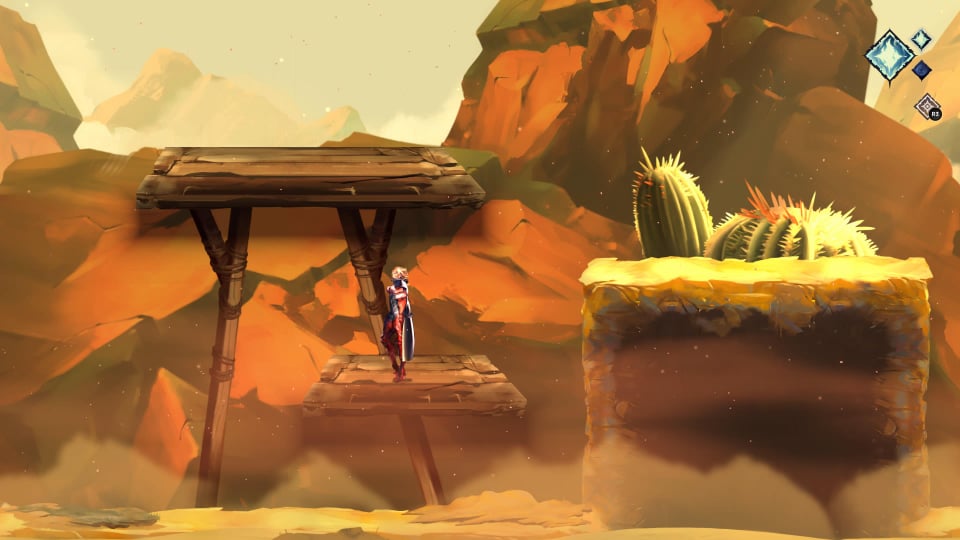
The depth goes further though, as each character can unlock side jobs/responsibilities. This can push the character into a more established role that you have chosen for them (such as a healer), along with a second skill tree with more aspects to unlock. You could, if you so chose, create a fighter whose first role was melee combat, but then have a secondary role as a mage so that they learn more spells than expected.
One thing I noticed was that to begin with, I only had one team member with a spell for a certain element. Upon searching another team member’s skill tree I found I could upgrade them to the same element attack, thereby covering that weakness of only having one member of my team with a certain elemental attack. As some enemies are strong and ONLY weak to perhaps one element, covering your spell-based team with as many players with as many elemental abilities as possible was key.
Finally, there are also side quests and hunts to explore. Side Quests are activated by talking to the residents who then task the player to find/kill/deliver something, but each quest is multi-layered so not just a simple one task and done moment. This required a lot of backtracking over previously covered ground, but seeing as ranking up helped with the collection of EXP to make the team stronger, this was never too much of a chore. Hunts, acquired from the guild, are more simplistic, and they generally just consist of killing a certain enemy or enemy types for a decent return.
Overall the mechanics of the combat and RPG elements are fantastic. They work well and interlock beautifully with each other. The systems are pretty simple to understand, but they have so many variables to remember you are constantly sitting and thinking about your next move rather than just mindlessly doing something for the sake of it. Every action counts.
The only real gripe with the combat was that I felt it relied too much on elemental attacks and knowledge. It did become tiring at times knowing that each fight wouldn’t be straightforward. Enemies only seemed to have one main weakness that could only be taken advantage of by one (possibly two) of my team. I don’t like being forced down a route in how I play, but at times that is what the game did. If my key team member was taken out, then the fight became exponentially harder than it should have been simply because the rest of my team didn’t have an effective attack to take advantage of.
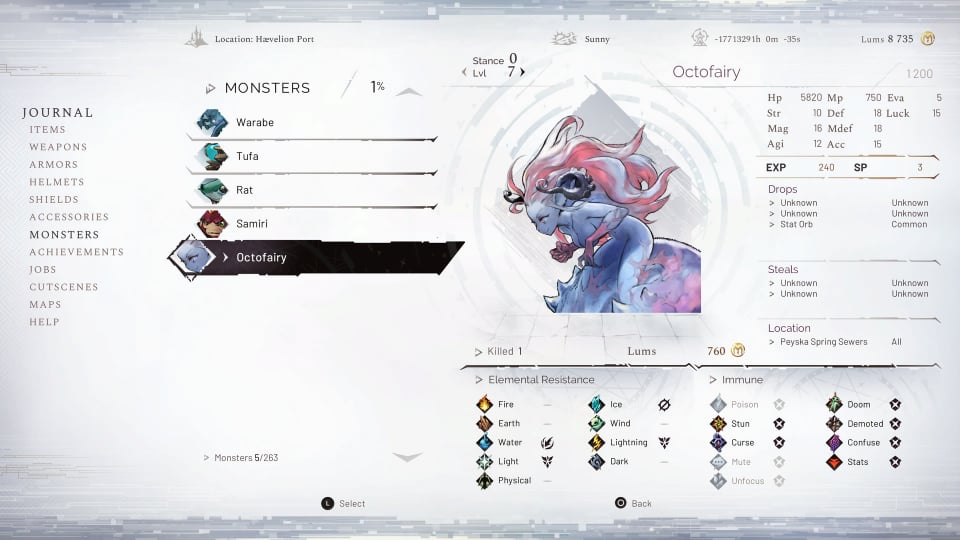
Lastly, there were also two mini-games: One is a simple shoot ‘em up that you come across later in the game, and the other, J-sters, is a token-based game played on a board that can be initiated with anyone you can talk to in a city. The rules are a bit like Othello, in that you try to move your coloured pieces to turn over the opponents. However, each piece has a value and the edges of each piece have either weak, neutral or resistant properties. I’d like to say it’s a great way to pass the time in town, but no matter how many times I read the rules, it didn’t really make sense. There were no practice tables for you to try to understand the game, and if you lost against other players they could take tokens off you, so I ended up not really playing this side game much at all.
Summary
Astria Ascending is one of those games which proves that a game can be spectacular with a good story and great gameplay mechanics alone. The art style is for the most part great to look at, and the audio ok, but with such nuanced and finely balanced combat alongside an excellent upgrading system it meant that the art of playing the game was always exciting. For a small team, this game is a massive achievement that they should be proud of.


